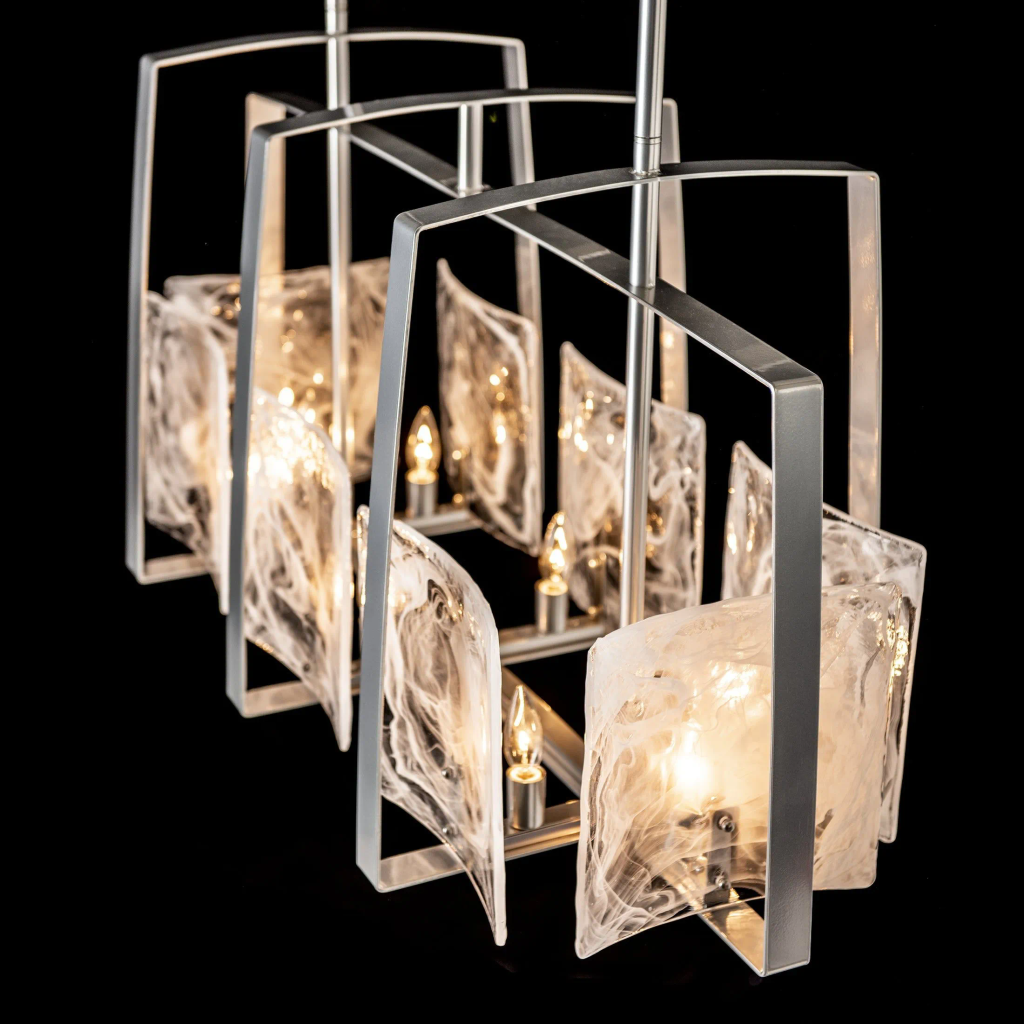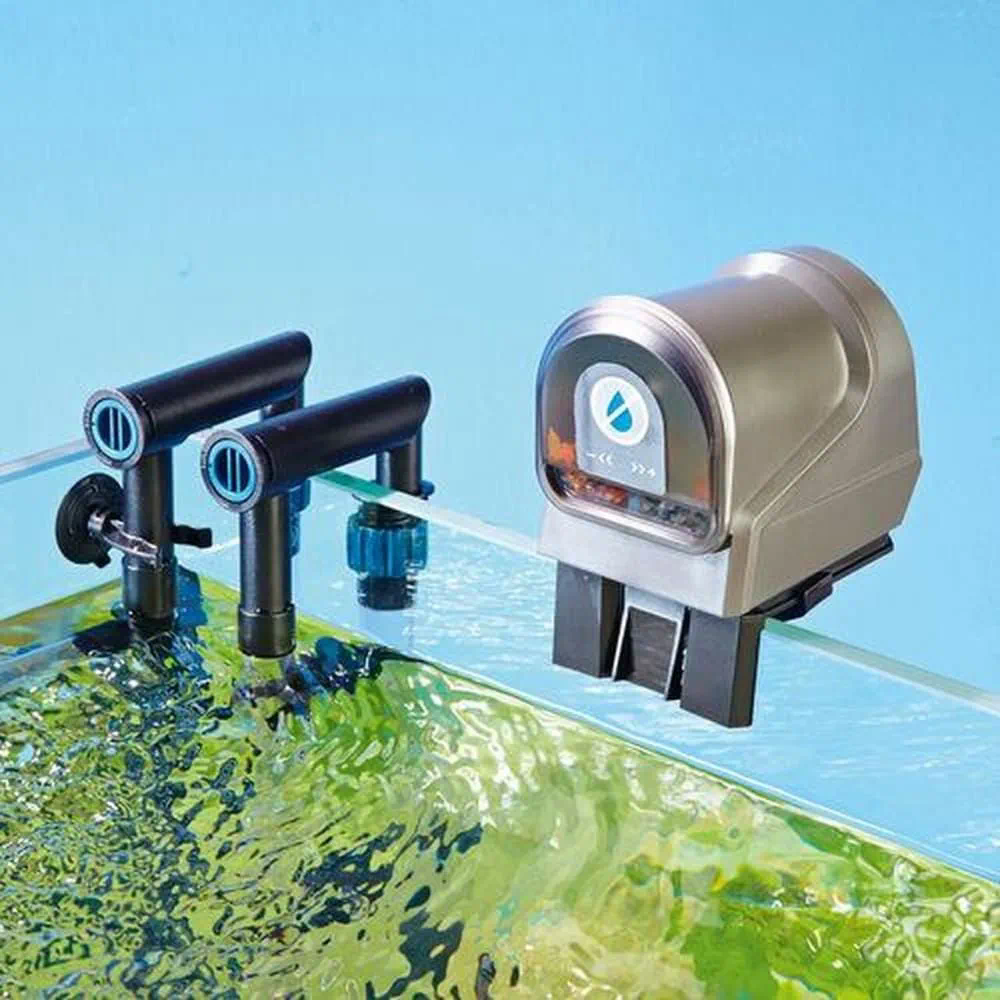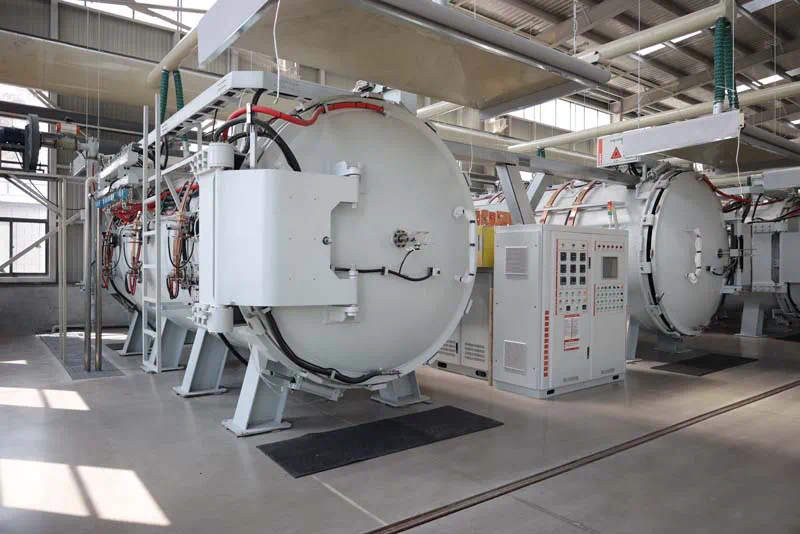Operating a chainsaw can be extremely dangerous without taking the proper safety precautions. Chainsaws are powerful tools that can easily kickback or cause serious injuries if not handled correctly. Fortunately, following basic safety guidelines and protective measures can greatly reduce your risk when using a chainsaw.
This comprehensive guide covers everything you need to know to safely handle a chainsaw, from choosing protective gear to proper operating techniques. Follow these essential chainsaw safety rules to avoid accidents and injuries.
Selecting Protective Equipment
Chainsaw-related accidents often involve severe lacerations or trauma from flying debris. The right safety gear is crucial to reduce potential harm.
Chainsaw Safety Chaps
A pair of chainsaw chaps is essential protective equipment when operating a saw. These heavy-duty leggings are constructed with layers of cut-resistant fibers. If the saw blade accidentally contacts your leg, the fibers clog and stop the chain. This prevents deep gashes and injuries to the leg.
Chainsaw chaps should extend from your waist to the top of your boot. Make sure they fit snugly but allow full leg movement.
Helmet and Face Shield
Eye injuries are extremely common among chainsaw users. Always wear a helmet with a full face shield when running a chainsaw. The face shield should be made of polycarbonate material that is impact and cut resistant.
A helmet with ear protection is also critical. Chainsaws are extremely loud, often producing noise levels above 100 dB which can permanently damage hearing. Opt for a helmet with integrated ear muffs or plugs rated for at least 30 dB of noise reduction.
Gloves and Boots
Proper hand and foot protection is also a must. Use heavy-duty non-slip gloves to improve your grip and protect your hand from cuts. Work boots with steel toes offer critical foot protection from falling logs or the saw itself in a slip. Make sure boots also have good traction to prevent slips on muddy or uneven terrain.
Chainsaw Safety Checks
Before starting any cutting task, take time to thoroughly inspect your saw and work area for hazards. Rushing into operation can lead to serious and sometimes fatal accidents.
Saw Inspection
Examine your saw for any visible wear or damage. Check that the chain is tight and sharp, there are no leaks, the trigger lock functions properly, and all guards are in place. Also clean the entire saw to remove any built-up debris, sap, or grease.
Review the owner’s manual for additional inspection points specific to your saw model. Regular professional servicing can also spot worn parts that need replacement.
Work Area Assessment
Carefully survey the area where you will be cutting. Look up and around for any widowmakers or hanging branches that could dislodge. Check your footing and clear any trip hazards like roots, rocks, or brush.
Be aware of any people, vehicles, or buildings within two tree lengths of your cutting site in case of kickback or falling trees. It is also critical to have secure, planned retreat paths away from the chainsaw work area.
Proper Stance and Grip
How you hold and position your body when operating the chainsaw greatly impacts control and kickback risk. Maintaining a proper stance and grip is key.
Sturdy Stance
Stand firmly with your weight evenly distributed and feet at shoulder width. Flex your knees slightly and lean forward from the hips. Avoid overextending your reach.
Position yourself so you are not leaning directly over or too close to the guide bar. You want room to maneuver the saw safely without losing balance.
Two-Handed Grip
Always grip the chainsaw handle firmly with your thumb and fingers encircling both handles. Use your left hand on the front handlebar and your right hand on the rear handle that controls the throttle.
Never operate a chainsaw using just one hand. Having both hands in position allows you to maintain stability and absorb potential kickback forces.
Avoid Overreaching
Do not cut above shoulder height as this makes controlling kickback extremely difficult. You can cut higher safely by using a ladder or other stable platform.
Overreaching to the sides is also dangerous. Keep proper footing and only cut as far as you can without shifting your upper body or legs. Have logs you need to cut further away rolled closer first.
Kickback Prevention and Planning
Kickback occurs when the moving chain abruptly catches on something, causing the guide bar to lurch back violently towards the operator. Know what causes kickback and how to avoid it.
Kickback Causes
The most common kickback situations include:
Pinching the saw chain along the top of the guide bar. This can happen if the wood closes in when finishing a cut.
Bumping the tip of the guide bar on a log or limb.
Severe chain blunting from hitting dirt, rocks, or nails. This decreases cutting efficiency.
Overreaching or cutting above shoulder height.
Using excessive downward force. Let the saw do the work.
Prevention Tips
Follow these strategies to prevent dangerous kickback accidents:
Use reduced kickback chains and guide bars designed to reduce kickback risks.
Always grip the rear handle with your thumb wrapped around it to brace against kickback.
Maintain sharp cutters on the chain. Blunt cutters increase kickback likelihood.
Start cuts with the saw at full throttle then ease into the cut to avoid chain grabbing.
Plan cuts carefully and use extreme caution in tight spaces around brush or when re-entering previous cuts.
Never overreach or cut above shoulder height.
Correct Cutting Techniques
Proper chainsaw operation involves more than just pulling the trigger. Using the right techniques for different cuts enhances control while reducing fatigue.
Starting Cuts
To begin a cut:
Grip the handle firmly with both hands, right hand on rear handlebar.
Keep your left arm straight with elbow locked.
With the chain running at full speed, gently lower the tip of the guide bar into the wood.
Allow the saw chain to grab the wood and start cutting. Do not force.
Gradually ease forward through the cut using light downward pressure.
Bucking Logs
Bucking is cutting a log into segments. To prevent pinching:
Always start cuts from the top, finishing at the log’s wide base.
If the log is supported on one end, start cutting from the unsupported end first.
Use wedges or levers to open cuts as needed for continued sawing.
Limbing
Removing branches from a fallen tree requires caution. Work systematically from the base towards the tips. Pay attention to spring tension that could release at any time.
Make undercuts on larger branches to avoid peeling or splintering as they detach. Always cut branches all the way through to avoid leaving dangerous hanging pieces.
Felling Trees
Felling entire trees requires advanced chainsaw skills. Key tips include:
Carefully plan and clear your escape path first.
Assess wind conditions and lean of the tree to judge fall direction.
Look for decay and widowmakers that could break free unexpectedly.
Use proper notch cuts and hinge wood techniques when making the felling cut.
Consider taking a certified chainsaw training course before attempting to fell trees, especially larger ones. Get professional help removing trees near people, property, or power lines.
Chainsaw Maintenance
Regular saw maintenance helps maximize performance and lifespan while reducing accidents. Here are key areas to address.
Air Filter
Check the air filter frequently and replace it when dirty. A blocked air filter will reduce engine power and increase the risk of kickback.
Chain Sharpness
A sharp chain cuts cleanly and efficiently. Inspect for damaged, loose, or dull cutters. Maintain the correct filing angles when hand sharpening chain teeth.
Replace the chain once it loses more than 25-30% of its original depth due to repeated sharpening.
Guide Bar
Inspect the guide bar rails for burring or wear that can increase friction. Lubricate the sprocket tip regularly. Replace a bent or damaged guide bar.
Fuel System
Let the engine cool completely before refueling. Use the correct fuel mixture and check for leaks around fuel lines. Clean the fuel tank periodically.
Safe Chainsaw Storage
Store idle chainsaws properly to prevent unauthorized use or damage:
Allow the engine to cool before storing in a dry location away from sources of heat or sparks.
Engage the chain brake and scabbard prior to storing.
Drain the fuel and chain oil tanks if storing for prolonged periods.
Secure chainsaws out of reach of children in a locked case or cabinet if possible.
By consistently following chainsaw safety rules, personal protective equipment, proper handling techniques, maintenance, and secure storage, you can operate your chainsaw as safely as possible. Stay alert and stop using the saw if you feel tired or uneasy. Do not take unnecessary risks when using this dangerous tool.






